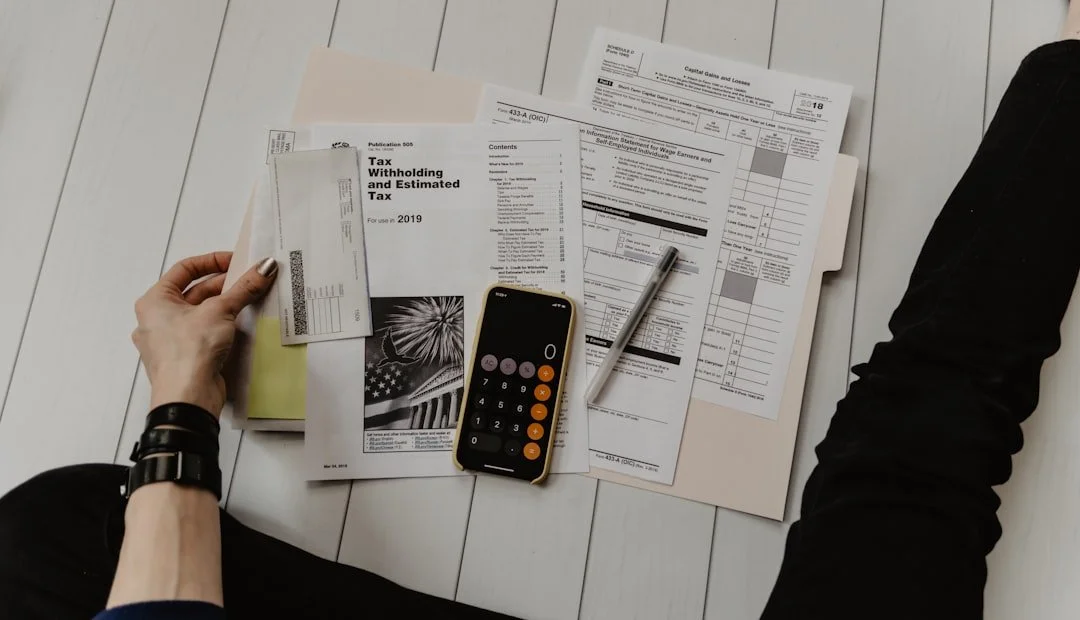The Bias That's Holding Back Really Good NIL Financial Literacy
My LA Story: This really happened to me
About 10 years ago, I woke up in a hotel in LA after 8 days of work travel. I hopped on the treadmill at the gym and after a few minutes, I started to get blurry vision in one eye.
I stopped running, but the blurriness persisted. I eventually took a taxi and went to UCLA Hospital where within a few minutes, I was hooked up to various machines in the Stroke Center.
While I was showing no other symptoms of a stroke, I fit the profile in other ways (age, gender, stress level 🙃.)
After three days in the hospital and exactly zero findings or evidence of a stroke, they released me.
A week later, I walk into a follow up appointment at home with a neurologist at University of Vermont. She opened my file, scanned it for 30 seconds, and said, “Bill, I don’t understand why are you here.”
I begin to respond with the LA story and she cut me off politely. “You didn’t have a stoke. Do migraines run in your family?” I told her they did. “You had an ocular migraine. It’s harmless. I’m sorry that you got caught up in the system.”
So I spent three days getting tests & procedures, had my health insurance spend tens of thousands of dollars, and later had my life insurance premium doubled (the LA story is now on my permanent record and cannot be erased!) - all because I was “caught up in the system.”
How did this happen despite smart, experienced doctors? Bias. I was diagnosed as potentially having a stroke because I was in the UCLA Stroke Center.
Systems - or rather the people that make up those systems - make quick judgments and assessments influenced by their background and experience even when the data and evidence is to the contrary.
What does this have to do with NIL & Financial Literacy?
There is universal agreement that student-athletes in the NIL era should receive financial literacy training.
But what’s being taught is ripe with human bias and ignores data that can inform the conversation.
The non-financial types (and lots of politicians) are clamoring almost exclusively about “taxes.” An important element for sure, but not the entirety of what needs to be taught.
At the same time, many well-meaning financial professionals are overly-focused on what they believe student-athletes need, without understanding the spectrum of what student-athletes are experiencing with NIL.
But let’s start with a piece of good news:
In surveys I did prior to the Summer of 2021, only 51% of student-athletes said they were interested/very interested in financial literacy training. In the last 2.5 years, that percent has steadily increased.
Today, three quarters of student-athletes say they are interested/very interested in financial literacy training. It seems that an unintended, positive outcome of NIL has been making financial literacy more visible and desirable.
To develop NIL literacy, we need to see the whole picture
There is a broad spectrum of student-athlete experiences related to NIL and NIL income.
Yet there is a bias toward only “seeing” and thus creating programming that only fits one profile of student-athlete: football and basketball athletes. Creating financial literacy programs for these athletes misses the mark in what the other 98% need.
We need to considering the NIL experience of…
The non-revenue sport athlete with significant social media following
The student-athlete entrepreneur who is selling apparel and merch or doing camps, clinics, or private instruction
The 50% of student-athletes who receive need-based financial aid (and whose financial aid application may be impacted by NIL income)
Creating really good financial literacy programs begin with seeing the whole picture - all 550,000 student-athletes or at least 190,000 DI student-athletes.
Using data to identify what will make a strong NIL financial literacy program
If we want student-athletes to engage with a financial literacy program, let’s begin by meeting them where they are and teaching them what they want to know - saving, budgeting, and investing.
Then we can move the conversation to teaching what they need to know.
Let’s start with taxes. About 70% of student-athletes don’t know:
What it means to receive NIL income "pre-tax"
The rule of thumb to set aside 35-40% for taxes
Implication of state taxes - in the state where money is earned and where a student-athlete claims residency
When it comes to credit, student-athletes need to help with:
The impact of interest on debt
Credit scores and how lenders assess the risk of lending money to a borrower
Credit cards and credit bureaus
Student-Athletes want to learn to budget, but they need help:
Estimating yearly NIL revenue
Identifying fixed vs. variable expenses
Maintaining a balanced and sustainable budget
About Bill Carter
Bill has advised brands on Name, Image, Likeness for 25 years—first in pro sports, now at the college level. He was the Co-Founder of the Gen Z sports agency Fuse, which he sold in 2019. In 2020, he founded Student-Athlete Insights and consults on NIL strategy with Fortune 500 companies and 30+ DI universities. Read more about Student-Athlete Insights.

